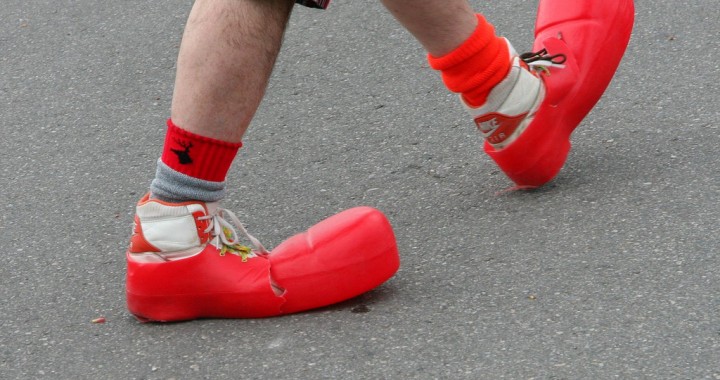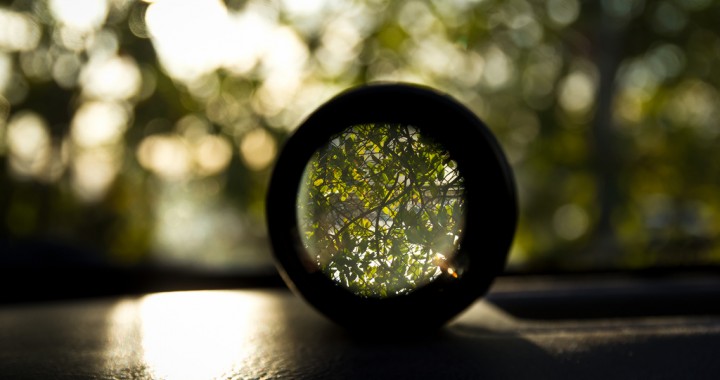 As I move into more authenticity in my relationships, I often notice and talk about the hard parts: the fear of rejection/abandonment, and the sadness of old, unprocessed loss. However, an unexpected benefit on this journey has been a shift in values, from pinning my worth on other people’s acceptance of me, to assessing myself on the basis of my own internal congruence: How complete have I been? How fully have I represented myself? Have I left anything unsaid? Have I been kind, and in accord with my principles?
As I move into more authenticity in my relationships, I often notice and talk about the hard parts: the fear of rejection/abandonment, and the sadness of old, unprocessed loss. However, an unexpected benefit on this journey has been a shift in values, from pinning my worth on other people’s acceptance of me, to assessing myself on the basis of my own internal congruence: How complete have I been? How fully have I represented myself? Have I left anything unsaid? Have I been kind, and in accord with my principles?
From the perspective of a person who derives their worth from others’ acceptance (as most of us do when we’re just starting this journey), authenticity is a tremendously risky proposition. Rejection, or abandonment, equates to worthlessness. And of course, if we are simply authentic, simply ourselves, sometimes we will be abandoned!
However, as the sense of self worth shifts from being derived externally to being derived internally, the risk associated with authenticity, and abandonment, diminishes. It’s a virtuous cycle:



 Two handy ways to look at “freedom” from a mindfulness perspective…
Two handy ways to look at “freedom” from a mindfulness perspective…



